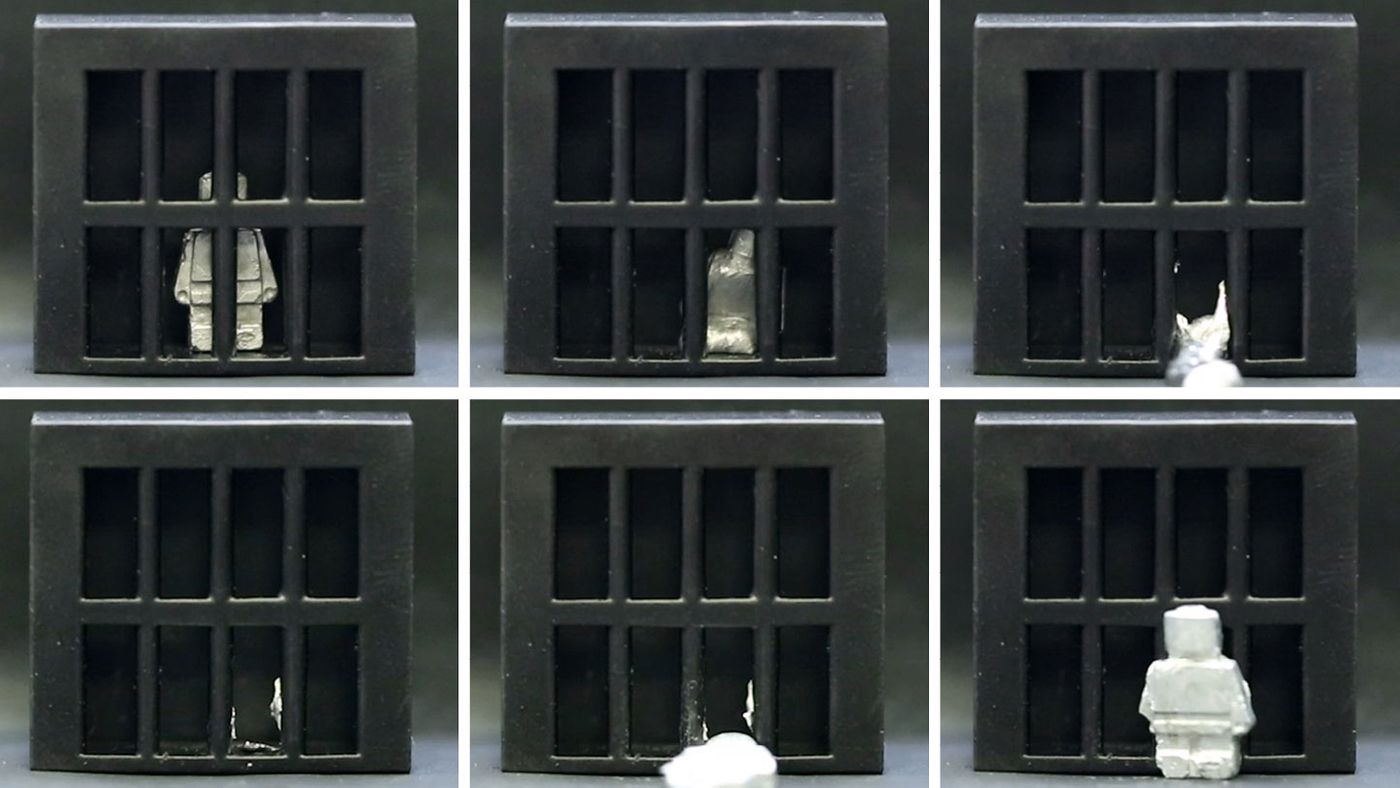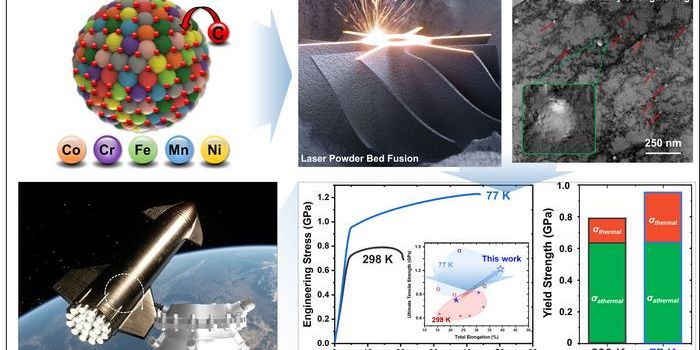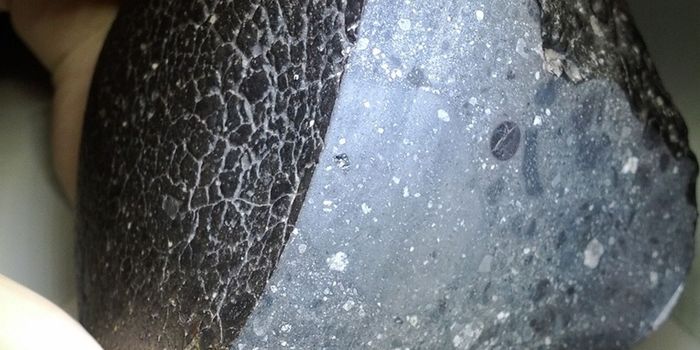New Shape-Shifting Devices Can Melt and Reform
Scientists have developed a new material that could be used to develop soft and flexible robots to perform tasks that would be otherwise impossible for humans. This new material can be manipulated into different shapes by alternating between different phases of state, shifting from a solid state to a liquid state, and then back to solid again. The material is mainly composed of the metal gallium, which is then embedded with magnetic particles. This material can then be manipulated between phases and controlled remotely with a magnetic field. Information about how this has been achieved has been published in the journal Matter.
Scientists have been working on developing magnetically controlled robots for many years now. Before this study, the materials for the robots were either made of stretchy, but solid materials or magnetic liquids. Each of these types comes with their own problems. The stretchy, but solid materials cannot pass through narrow spaces, while magnetic liquids can easily pass through narrow spaces, but cannot carry heavy objects. The new material in this study is a blend of both of these types of materials.
The team of researchers found inspiration in nature. They found that sea cucumbers can rapidly and reversibly change their stiffness, but this is an extremely difficult thing to mimic when working with soft materials systems.
The team turned to the metal gallium to solve their problem. Gallium has a melting point of about 30 degrees Celsius (86 degrees Fahrenheit), slightly warmer than room temperature. To melt the metal, you could connect a heater to the metal to change its state and melt it, but that would defeat the purpose because it would no longer be highly mobile. Thus, the team of scientists decided to expose the metal to a rapidly changing magnetic field to melt it. The alternating magnetic field generates electricity within the material, which causes it to heat up and liquify. By turning off the magnetic field, the material can then solidify again at room temperature.
That solves the problem of changing the state of the material, but how would the team get it to move? They decided to sprinkle magnetic particles throughout the material. Then, they could use a permanent magnetic to drag the material around. When the material is in solid form, it can be moved by a magnet at a speed of about 1.5 meters per second. In addition, this upgraded gallium can carry about 10,000 times its weight, making it extremely useful as a tool.
External magnets can also be used to move the upgraded gallium in its liquid form, but this is much more challenging as the liquid can also stretch, split, and merge. As a result of melting, the particles in gallium can move freely and rotate, meaning that they also have unaligned magnetic poles. Thus, the particles can move in different directions in response to an external magnet.
The researchers put their miniature machines to work to demonstrate how they could be used in various applications. One fun application was essentially a scene straight out of the movie Terminator 2: the team helped a toy person escape from a jail cell by melting through the bars and resolidifying into its original form with the help of a mold just outside the bars. In another demonstration, the material liquified and rehardened to solder a circuit board.
Caption: Scientists created a Lego-like figurine to recreate a prison escape similar to a scene in the movie Terminator 2 to showcase their newly developed technology, where a new composite of gallium and magnetic particles can liquify and solidify again under the influence of a magnetic field. Credit: Q. Wang et al/Matter 2023 (CC BY-SA)
This type of technology can also be used for biomedical applications. The team used one of their machines to remove a small ball from a model human stomach. The machine melted slightly to wrap itself around the foreign object, then solidified again and exited the organ. Unfortunately, the human body (at about 37 degrees Celsius or 98.6 degrees Farenheit) is just too warm for gallium and it could never leave its liquid state. To make this kind of technology practical for these types of applications, a few more metals (e.g., bismuth and tin) would need to be added to gallium to raise its melting point.
There are still many questions that remain about this type of technology and its applications to the biomedical field, but the future looks promising!
Source: Science News









